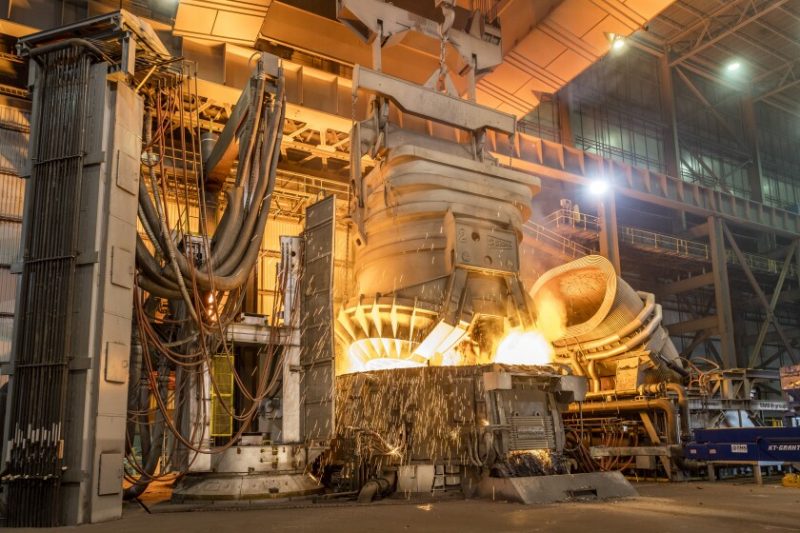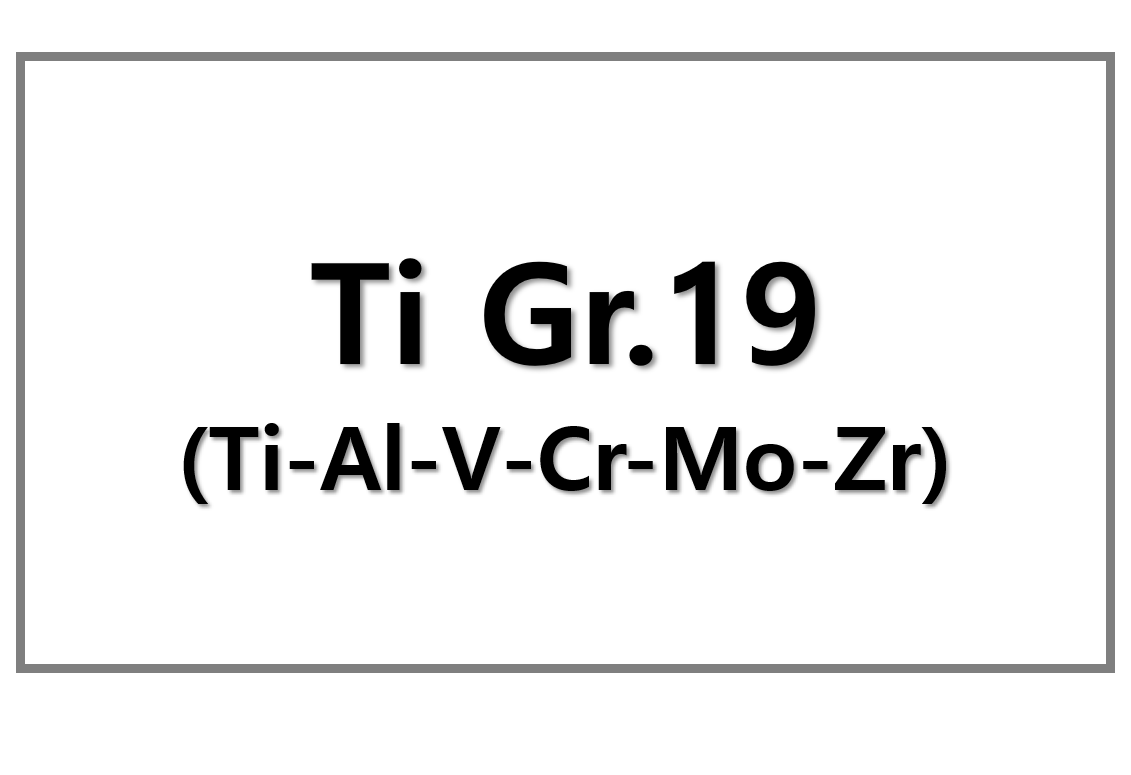
Steelmakers in the United States are closely monitoring the ongoing tariff policy and its potential impact on the domestic market. According to figures published by the U.S. Commerce Department and reported by the Washington-based American Iron & Steel Institute (AISI), imported steel continued to flow into the U.S. throughout March 2025. This surge in steel imports coincides with a statement from the Organization for Economic Cooperation and Development (OECD), which highlighted China’s ongoing dominance in global steel production and its effect on steel markets.
Surging Chinese Steel Exports and Global Overcapacity
The OECD’s Steel Committee, under the leadership of Chair Ulf Zumkley, issued a report on April 1, 2025, shedding light on China’s significant role in the steel industry. The report revealed that China’s steel exports have more than doubled since 2020, reaching an astounding 118 million metric tons (mmt) in 2024. This volume surpasses the total annual steel production of North America and is nearly equal to the European Union’s output last year. China’s steelmaking capacity, which accounts for over half of the world’s total annual steel production since 2015, remains a primary source of global steelmaking overcapacity, putting immense pressure on international markets.
Zumkley’s statement emphasized the ongoing crisis within the global steel industry, noting that steel prices and industry profitability continued to decline during 2024. The OECD has expressed concern over these historically low and unsustainable levels, which have led to disruptions in international trade. Consequently, many countries have implemented trade actions in response to rising excess capacity and sluggish market growth.
Trade Disruptions and Non-Market Practices
In addition to these market disruptions, the OECD points to non-market policies and practices as a key factor driving the steel crisis. These practices, particularly subsidies in some economies, are believed to be exacerbating the problem of overcapacity. Zumkley specifically called out the significant Chinese subsidization efforts in 2024, including grants, tax incentives, and below-market borrowing to steel companies. This continued subsidization has led to increased steel production in China and other countries, further disrupting global steel trade.
The OECD has projected that without policy adjustments, global excess capacity will rise from an estimated 602 mmt in 2024 to 721 mmt by 2027. This surge will place enormous pressure on the viability of even the most competitive steelmakers, potentially leading to more trade disputes and market volatility.
U.S. Steel Imports Continue to Rise
The situation is particularly relevant for U.S. steelmakers, who have been affected by the global oversupply of steel. To protect domestic steel mills from the negative effects of overcapacity, the Trump administration introduced tariffs on imported steel. However, these tariffs were not in place for much of the first quarter of 2025, which has led to an increase in steel imports to the U.S. AISI reported that steel import permit applications in the U.S. for March 2025 totaled over 2.3 million net tons, marking a 3.3% increase from February’s total of 2.24 million tons.
The total steel imports for the first quarter of 2025 amounted to 7.625 million net tons, representing a 1.2% increase compared to the same period in 2024. Among the largest steel exporters to the U.S. in March were Brazil, Canada, Mexico, South Korea, and Taiwan.
Conclusion
The continued influx of steel imports, coupled with the rising global overcapacity, signals significant challenges for the U.S. steel industry. Steelmakers must carefully evaluate how the ongoing tariff policy will shape future market dynamics. As countries like China continue to flood the market with subsidized steel, the pressure on U.S. steelmakers is expected to intensify. As the steel crisis persists, international cooperation will be crucial to stabilize the global steel market and ensure the long-term viability of steel producers worldwide.











Leave a Reply
You must be logged in to post a comment.